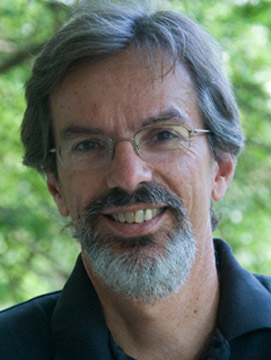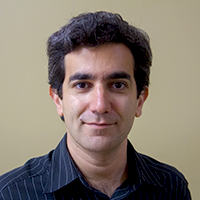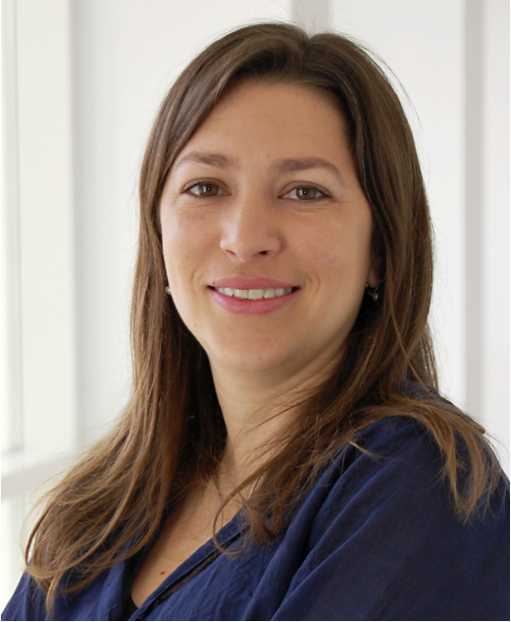
The Information Age can be viewed as the product of a Quantum Revolution, where our understanding of quantum physics led to the development of the transistor, laser, and magnetic storage. This first quantum revolution was based on the "mundane" parts of quantum mechanics such as band structure and transport. A second quantum revolution is perhaps near, utilizing the counterintuitive aspects of quantum physics such as entanglement. A recent announcement of a $1B quantum technology program in Europe, as well as investments by high-profile US companies suggests we may be at the beginning of this next revolution. In this talk I will highlight how our understanding of systems based on quantum information science may provide opportunities for new technologies. The primary challenge will be to create quantum devices that we can control while at the same time isolating them from the classical world to which they are connected.

Photonic nanostructures cover a wide rang of potential application from light-harvesting to classical and quantum information communication and processing. While we have witnessed great advances in nanofabrication of these structures, the presence of defects and disorder could render them unsuitable for their intended purposes. At the same time, in physics of electronic systems, we have learned that phenomena associated with the topological properties can be naturally robust against perturbations. The best-known examples are quantum Hall effects in electronic systems, where insensitivity to local properties manifests itself as conductance through edge states that is insensitive to defects and disorder. These findings were celebrated by two Noble prizes (1985 and 1998). In this talk, I describe how similar physics could be exploited in photonic nanostructures to develop robust optical devices.

Batteries are application driven, scientifically complex electrical energy storage (EES) systems used for portable devices, electric transportation and stationary electrical storage. Synthetic control of active material size significantly influences electrochemical performance. Several materials classes will be discussed including iron oxide inverse spinel, Fe3O4, and manganese oxide hollandite type structures, M'Mn8O16 where M' = Ag or K. Characterization approaches used in concert with theory and modeling tie together information gathered at the local or atomic level through methods like TEM and EELS, with mesoscale information such as the evolving structure of the composite electrode and the systems level performance. This presentation will illustrate that combining synthesis, characterization, electrochemistry, theory and modeling expertise to study batteries over multiple length scales can be a useful approach to reach a complete understanding of battery function.

What better way of understanding the physical properties of materials than to watch them happen? Our research methods combine extremely high-resolution microscopy and real-time experiments to provide detailed explanations of physical phenomena in solar cells and all-solid-state batteries. Scanning probe microscopy results include views 105 orders of magnitude better than previous methods.

The term "nanofabrication" encompasses the myriad of techniques that can be used to make nanostructures, but only a small subset can make the transition to economic viability that defines "nanomanufacturing". I will discuss some of the process-related criteria, such as speed, yield, precision, defectivity, and flexibility, as well as economic criteria, such as market size and cost margin, which must be considered when determining whether or not a fabrication process might be suited to manufacturing. I will illustrate these concepts through examples taken from the semiconductor industry and our own work on DNA-directed assembly.